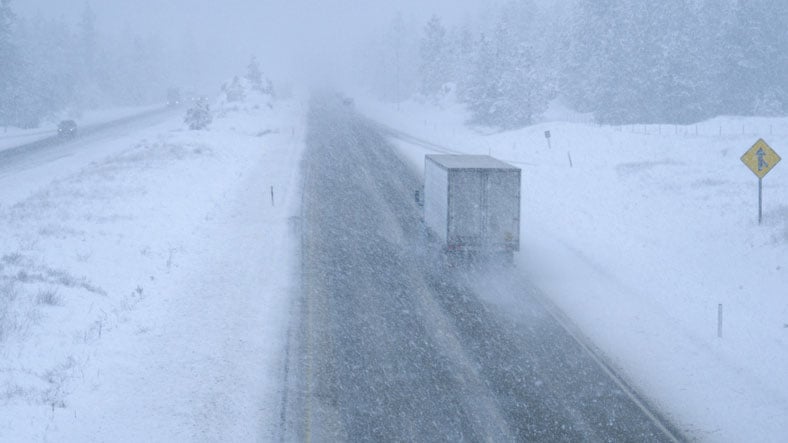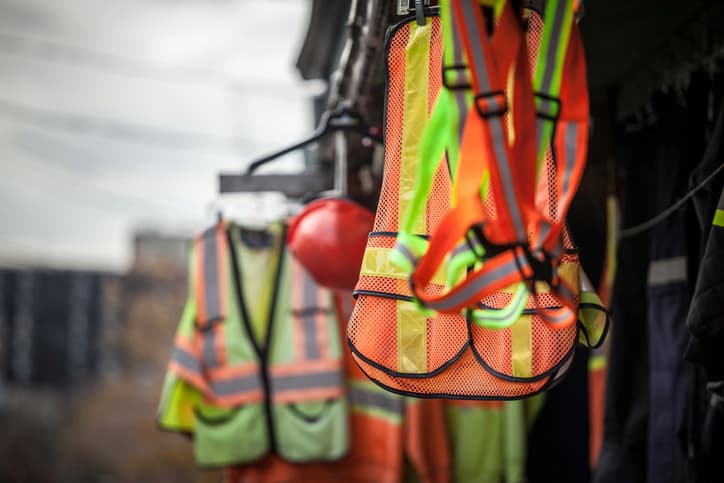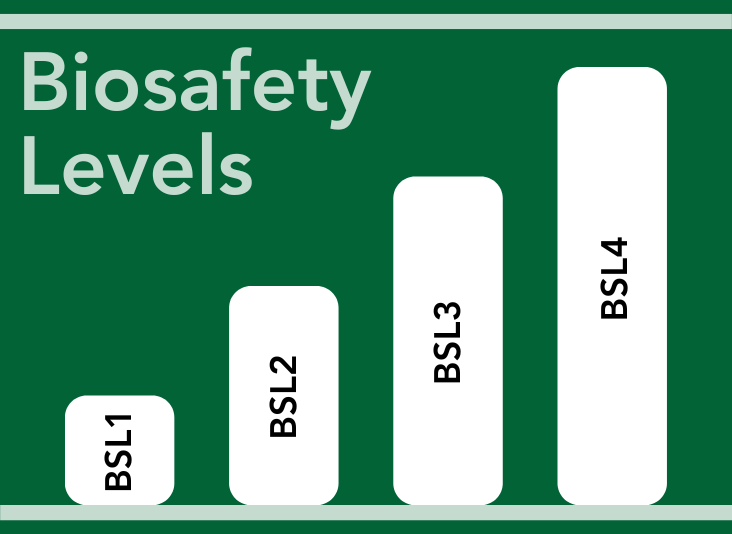Holiday Safety in the Workplace: Essential Tips & Risks
Safety hazards increase during the holidays, which raises risks for your business, stressing the importance of holiday safety in the workplace. Luckily, there are a variety of ways that you can keep safety at the forefront of your operations, no matter your industry.
The holidays are an opportunity to show your employees that you appreciate and care about them. They are also, unfortunately, a time of increased workplace safety hazards. In this blog, we will look at some common holiday safety challenges that arise during this time of year and analyze the ways in which they can be mitigated without dimming celebrations.
Recognizing Holiday Workplace Topics and Risks in the Workplace
Workplace accidents see a notable increase between Thanksgiving and New Year’s Eve. Workplace holiday safety can prevent things like:
- Electrical and fire risks from decorations
- Event and food safety concerns during holiday workplace events
- Accidents caused by an increase in fatigue and stress
- Driving and transportation risks from crowded, icy, and snowy roads
- Mistakes from inexperienced and/or temporary staff
- Increased sick time and illness due to increased face-to-face contact.
- Safety obligations that are being overlooked in strained facilities
Workplace holiday safety is essential to protect your teams from winter-related harm.
Holiday Workplace Safety Tips for a Safer Season
Preparing for Transportation and Weather Safety Ahead of Winter
Problem: Increased traffic during the holidays can cause driving hazards for all, especially truckers. There are more cars on the road as people shop, rush to pick up gifts, or visit family and friends—which means more hurried and harassed people on the road. This increases the risk of accidents and potential injury for truckers, drivers, and pedestrians.
The threat of accidents also escalates when there is inclement winter weather. Snow, ice, and slush—even a light dusting—are responsible for 24% of weather-related accidents. On top of that, 70% of roads in the United States run through regions that see more than five inches of snow annually. Weather during the holidays can also increase risk to teams beyond just driving and transportation. Snow, ice, and cold exposure present a variety of hazards, including frostbite, fall risks, low visibility, and more.
Solution: To reduce the inherent risks of winter transportation and weather-related hazards, follow these holiday workplace safety tips:
- Stress the importance of safe winter weather driving to all employees—especially those involved in transportation. Consider encouraging defensive-driving courses/training to help inform your teams of best practices for safe driving.
- A safe trip starts before getting in the vehicle; remind employees that vehicle inspections, route planning, and fatigue avoidance are equally important as safe driving habits.
- Encourage following severe weather protocol reviews.
- Ensure emergency kits are inspected and stocked accordingly.
- Maintain all workplace egresses, including walkways and entrances.
Inexperienced or Temporary Workers
Problem: Often, organizations must bring in temporary workers to meet increased holiday demand. These workers tend to have less experience and training than full-time staff. The unfamiliarity of temporary workers with safety protocols and initiatives leaves them particularly prone to harmful mistakes—which may mean catastrophe to themselves, other employees, or business operations overall.
Solution: Dedicate time to thoroughly onboard and train every employee—regardless of the length of their contract, their previous experience, their projects, or their company role. Hire seasonal workers as early as possible so they can attend all relevant EHS training sessions before they start working. A critical part of this training and onboarding process is reinforcing reporting procedures for hazards, incidents, and near-misses, turning every situation into a learning experience. In the case of Near Misses, it is advisable to report them, considering they are a crucial step in identifying safety gaps and helps with ensuring a safer workplace beyond the holidays. Additionally, a simple yet effective step you can take to reduce the risk of temporary workers is to pair them with experienced mentors. These tips not only have a direct impact on reducing risk during the day but also help with maintaining a safety mindset throughout the holidays.
Health and Wellness During the Holidays
Problem: The holidays may pose a risk to the health and wellness of your employees. During the winter months, risk factors may include cold weather, additional time personnel are indoors, etc. This increases time in close proximity to others, further increasing the risk of illnesses spreading quickly. This is especially true at holiday gatherings. Alongside the risk of illness, the holidays are a very busy and stressful time for many, which can greatly impact both physical and mental health.
Year’s end is often a busy time for many organizations. Employees may experience additional responsibilities such as working longer hours to help with completing projects, sales closure, and meeting year-end goals and objectives, to name a few. This added stress contributes to fatigued employees—and overtired workers may be inattentive or easily distracted. This inattentiveness is connected to increased workplace risks as workers may take procedural shortcuts to complete tasks without proper adherence to safety protocols.
Given the variety and complexity of holiday safety topics for the workplace, an often overlooked but critical area is event and food safety. When planning a large gathering for the holidays, it could risk the safety of all employees who attend:
- More than 20 million Americans have food allergies; allergic reactions can vary in severity, from mild symptoms to a severe reaction that can cause death. Without proper precautions, employees may be accidentally exposed to allergens at workplace events.
- Excessive alcohol use can lead to injuries, erratic behavior, and more. Serving alcohol at work events may risk holiday workplace safety as it can lead to injury or accidents.
Solution: There are a few workplace holiday safety tips you can implement to reduce both physical and mental health risks during this time of year:
- Discuss and reinforce the importance of good hygiene practices in the workplace and at home.
- Incorporate illness prevention methods, including vaccination reminders, into your team discussions.
- Encourage your employees to adhere to healthy habits, such as proper nutrition, hydration, and rest. These habits can not only help increase physical health, but mental health as well.
- Emphasize mental health awareness.
- Reinforce which programs are available through your organization for mental and physical health support, such as stress-reduction programs.
To alleviate fatigue and stress concerns related to holiday safety in the workplace, the following tips have proved beneficial in practice for Triumvirate Environmental:
- Require bonus wellness and work breaks, allowing employees to recover and refocus.
- Hold regularly scheduled safety briefings to review holiday safety tips for employees to ensure vigilance.
- Diligently and evenly allocate employee workloads to make sure the burden is shared, and no individuals become overwhelmed.
- Remind all employees of the resources available to them to stay safe, such as any employee assistance programs (EAPs).
EHS oversight of occupational safety services is essential to avoid event and food safety issues. An EHS team can play a crucial role in holiday workplace safety by taking simple steps to prevent allergic reactions, excessive alcohol consumption, and more. Prevention methods include:
- Proper food storage and handling
- Cross-contamination prevention
- Clear allergen labeling
- Responsible alcohol management
- Emergency response
Reinforcing a Safety-First Culture During the Holidays
Problem: The holidays are also a time when more team members are on vacation or out of the office, enjoying the season with friends and family. Unfortunately, the combination of busy workloads and smaller working teams often leads to schedules and workloads filling up quickly for those still working through the season. As a result, holiday workplace safety could lapse, causing an increase in hazards and incidents.
Additional workplace holiday safety risks come from the dangers of decorating for the holidays. Office decorations spread holiday cheer, however, approximately 160 decorating injuries happen daily between Thanksgiving and New Year's Day; the most common injury from these incidents result from falls. Decorations are frequently installed above reachable height, leading to ladders or similar devices being used commonly. During any office decorating, holiday safety at work needs to be at the forefront to ensure a safe environment for all employees.
On top of decorating injuries, fires from dry or flammable Christmas trees or unattended seasonal candles, menorahs, and kinaras contributed to an approximate $32 million in annual property loss from 2019 to 2023. Fires of any type threaten staff safety and may cause loss of time and inventory, particularly in facilities that are heavily stocked during the holiday season. Holiday safety at work is critical in facilities with hazardous and flammable chemicals, as small fires can quickly become large-scale infernos.
Solution: To keep safety top of mind year-round, a best practice would include providing holiday safety tips to employees and enhancing a strong workplace safety culture. This starts by ensuring all those in managerial roles model safety behavior daily through safety briefings, daily reminders, and more. In addition to modeling safe behavior, hosting refresher training in high-risk areas, and keeping safety top of mind. Start early and often remind your teams of safety best practices—you don’t have to wait until the holiday season starts for these reminders to be well-established and make a real impact. These efforts may seem simple, but are very effective in causing trickle-down effects to support a strong safety-first culture.
To avoid decorating dangers and other holiday safety topics in the workplace, keep in mind these workplace holiday safety tips for employees:
- Use an appropriately sized and sturdy ladder when installing any holiday decor.
- Conduct regular safety briefings to ensure your entire team knows where to find and when to use proper equipment.
- Use flame-retardant materials such as plastic trees and battery-powered candles to prevent Christmas tree blazes.
- Minimize extension cord usage when decorating.
- Appoint an individual or individuals to ensure no emergency exits are blocked by decorations and regularly inspect cords, outlets, and lights before and after use.
Partnering with Triumvirate Environmental for Year-Round EHS Success
At Triumvirate Environmental, safety is a foundational piece of who we are. Our EHS consultants are experienced in creating and leading onsite safety cultures, and our onsite teams get some of the most safety training hours in the industry. Triumvirate Environmental takes safety seriously—and can help you implement a serious workplace safety program not just for the holidays, but year-round.
FAQs About Holiday Safety in the Workplace
What are the most common workplace safety hazards during the holidays?
The most common safety hazards in the workplace during the holidays are electrical overloads, slips/falls, and fatigue due to seasonal stress. Triumvirate Environmental helps to mitigate these risks through safety audits and EHS support, to prevent a small hazard from quickly escalating into a disaster.
How can managers promote workplace holiday safety?
The most effective ways for a manager to promote workplace holiday safety are by communicating safety expectations, conducting refresher training, and encouraging reporting of near misses.
What types of safety programs does Triumvirate Environmental offer?
With over 35 years of experience, Triumvirate Environmental offers a wide variety of safety programs, including comprehensive EHS consulting, safety training, waste management, biosafety, industrial hygiene, and more. Our highly trained experts have experience across multiple industries and will work with you to solve the challenges unique to your operations.
Why is safety training especially important during the holidays?
A variety of seasonal challenges specific to holidays, like temporary staffing, schedule changes, and distractions, can elevate risks. An effective method to prevent incidents and reduce risk is proactive training, to ensure awareness and promote a safety-first culture.
What are the most important holiday safety topics to keep in mind for your workplace?
Holiday workplace safety can be overwhelming with a variety of critical topics demanding your attention. The most important topics to focus your attention on are decorating dangers, event and food safety, fatigue and stress management, driving and transportation safety, winter weather, temporary workers, and safety culture.
How can we ensure workplace holiday safety when using external contractors?
The most effective way to ensure safety when working with external contractors is to keep safety at the top of their minds. This can be done by utilizing mandatory safety briefings, providing a clear line of supervision, and defining access boundaries.
What is the single most effective workplace holiday safety tip for EHS managers?
The best way to ensure workplace holiday safety as an EHS manager is to mandate pre-shutdown safety and compliance checklist completion. If your facility does not have a shutdown period, consider mandating that each employee complete a safety and compliance checklist before any time off.
Does Triumvirate Environmental offer training on holiday workplace safety tips?
Yes, Triumvirate Environmental offers customizable EHS training and consulting customized for your specific industry and organization.
What are the biggest workplace hazards during the holidays?
There are many increased safety hazards and risks in the workplace during the holidays; decorations, weather, stress, and temporary staff pose the greatest risk.
How can EHS teams reduce fatigue and stress?
The holidays can be a very busy and stressful time for many. As an EHS team, it is essential to reduce fatigue and stress—and thus, reduce risk as well. The most effective ways to reduce fatigue and stress are to promote wellness initiatives, schedule breaks, and balance workloads.
What should employers do to prepare for winter weather?
The most effective and efficient ways an employer can prepare their organization for winter weather are to inspect facilities, stock supplies, and reinforce slip/fall prevention measures before winter weather arrives.
How does Triumvirate Environmental support workplace safety?
Triumvirate Environmental can support workplace safety at your organization through a variety of methods, including consulting, compliance audits, waste management, and safety training.






